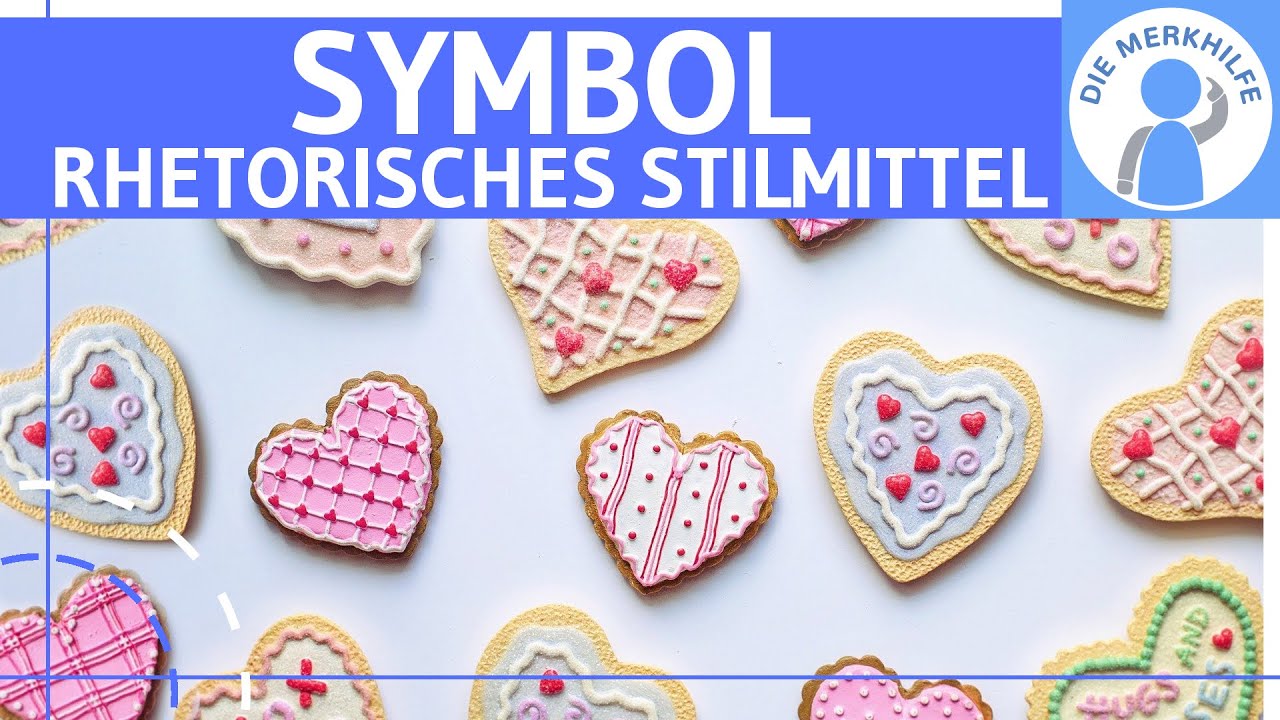Symbol - Was Ist Ein Symbol? Erklärung, Wirkung & Beispiele - Rhetorisches Stilmittel / Figur
Unleash Your Creative Genius with MuseMind: Your AI-Powered Content Creation Copilot. Try now! 🚀
Symbols have always played a crucial role in human communication, representing complex concepts and ideas through simple, tangible forms. But what exactly is the significance of symbols as rhetorical figures? Let's delve into this fascinating topic together, exploring its meaning and examples to gain a deeper understanding.
The term "symbol" is derived from the Greek language, signifying a distinctive mark or emblem. As a linguistic image, a symbol serves as a representation that extends beyond its literal form, pointing towards a broader, universal context where a general sense becomes visible. In essence, a symbol is typically a tangible, concrete object or event that serves as a metaphor for something abstract, such as spiritual or conceptual ideas.
The Cultural Significance of Symbols
Symbols are not just visual representations; they are also powerful triggers of associations and emotions. It's crucial that the meaning of a symbol is agreed upon and understood, ensuring effective communication across different cultures and traditions. For instance, the dove is universally recognized as a symbol of peace in the Catholic religion and Christianity, as well as a representation of the Holy Spirit.
Furthermore, colors hold significant symbolic meanings across diverse cultures. In Western countries, the color white symbolizes innocence and purity, often associated with wedding ceremonies. On the other hand, in many Asian cultures, white symbolizes mourning and death, leading to its use in funeral attire. These examples highlight how symbols are deeply rooted in cultural contexts, shaping our perceptions and interpretations.
The Role of Symbols in Literature
In literary works, symbols take on a unique form, representing objects, animals, or plants with metaphorical and symbolic meanings. They are recurrent motifs that convey deeper layers of meaning, inviting readers to engage in thoughtful interpretation. The heart, for example, symbolizes love and emotional connection in Theodor Storm's poem "Die Stadt." Its presence serves as a powerful visual metaphor for the narrator's affection towards the city by the sea.
Another literary symbol is the "blue flower," a prominent motif in Romantic literature, representing yearning and the pursuit of the unattainable. Joseph von Eichendorff's poem "Die blaue Blume" encapsulates the essence of this symbol, evoking the longing for an elusive happiness and the desire for exploration and adventure.
Symbols as Tools of Visualization and Reflection
Symbols serve as tools for visualizing abstract concepts and ideas that are otherwise challenging to comprehend. By evoking specific associations and emotions, symbols concretize the intangible, bridging the gap between the abstract and the tangible. This interplay between the symbol and the audience's associations encourages active engagement and critical thinking, enriching the reader's experience of the text.
In conclusion, symbols are not merely static representations; they are dynamic, multi-layered elements that enhance our understanding of language and literature. Through their cultural significance and evocative power, symbols enrich our communication and invite us to explore the depths of meaning. As we continue our exploration of rhetorical figures, let's appreciate the profound impact of symbols in shaping our perceptions and interpretations.
Before we conclude, let's reflect on the role of symbols as rhetorical figures and their significance in literary works. In our next video, we'll delve into the rhetorical device known as "anaphora." Stay tuned for an insightful exploration of this captivating literary technique. Don't forget to subscribe, like, and share this video with your friends. Your support means the world to us. Until next time, take care and goodbye!
Ciao!
